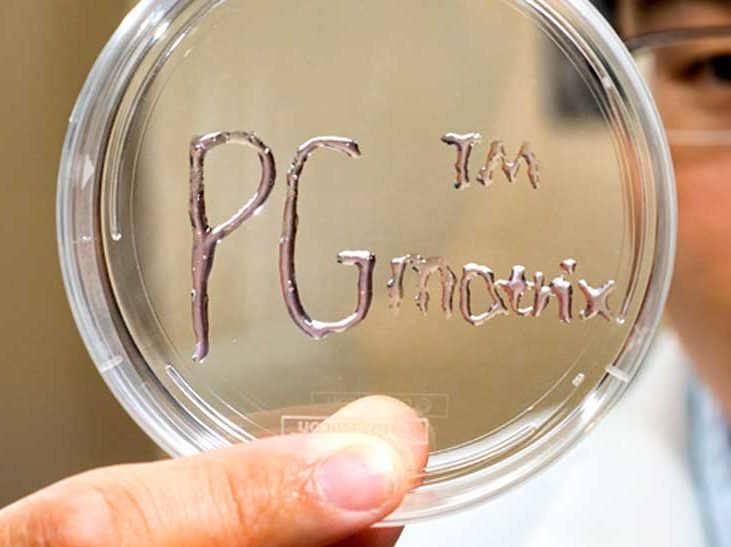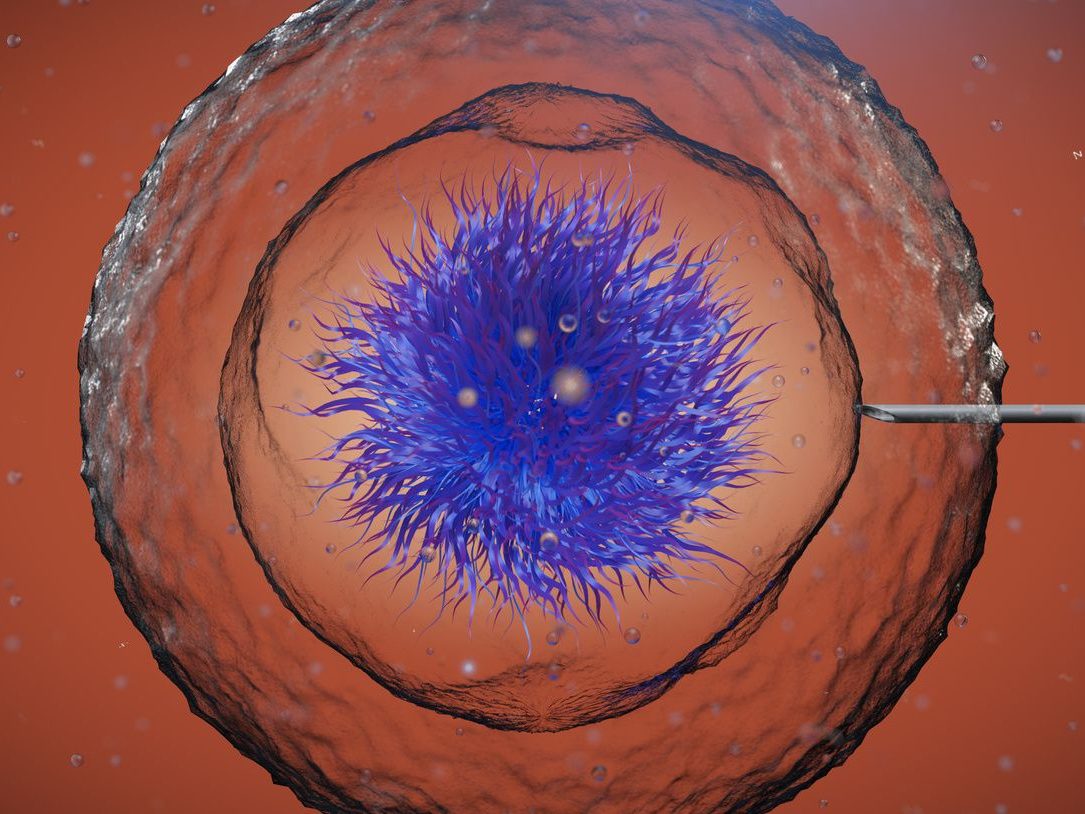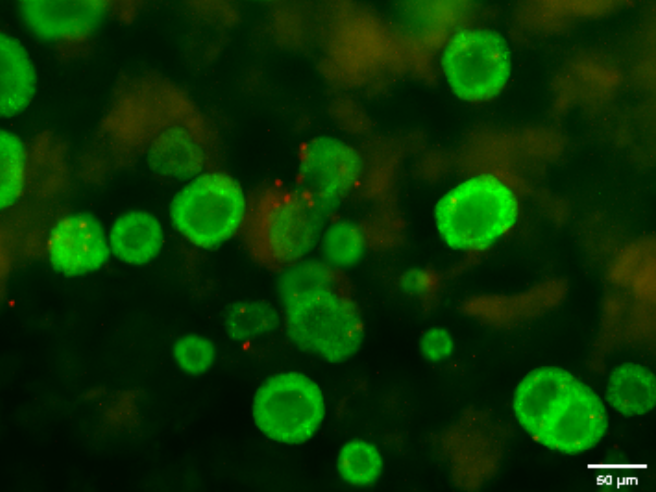Our advanced hydrogel technology is behind many revolutionary products.
3D Cell Cultures
PGmatrix™ is a powerful, yet easy-to-use tool for in-vitro 3D cell cultures with high-throughput screening and accurate in vivo predictions for life science research and development. PGmatrix is formulated from a peptide solution, and is offered pre-mixed with basic cell culture medium (DMEM, MEM, RPMI, L15) or in custom formulas.


In Vivo Delivery
The PGinVivo System utilizes the PepGel platform technology and is designed for easy encapsulation of cells, antigens, viruses, drugs, and compounds, then carrying them into the target locations in vivo. PGinVivo is biocompatible, bio-absorbable, injectable, so-gel reversible by slight shearing forces, nutrient diffusible, and easy to handle at room or body temperature. PGinVivo is the perfect tool for research with animals and clinical applications for both animals and humans.
Wound Healing
The PGwoundHeal system utilizes a novel peptide hydrogel platform and provides advanced wound healing techniques. The PGwoundHeal system utilizes a novel peptide hydrogel platform and provides advanced wound healing techniques. PGwoundHeal is biocompatible and bioabsorbable; it facilitates fast healing with no infection, it makes for easy gel manipulation in terms of strength, mixing, dressing, molding, or bioprinting, it uses xenogenic sourced materials and nontoxic catalysts, and it facilitates the easy loading of cells, healing promoters, and drugs as needed. The PGwoundHeal system is a powerful tool for open wound treatment caused by traumatic and diabetic cases. PGwoundHeal can be applied to the wound surface directly and with flexibility in application device, such as by hand, syringe, or sprayer.


Drug Screening
The PGphArm system provides a unique enabling tool for high throughput drug screening (efficacy and toxicity) processes. It utilizes PepGel’s platform technology with superior properties and features for various cell cultures or co-cultures in 3D microenvironments as well as organ cells or organoids in 3D. The PGphArm system is designed to mimic the natural extracellular matrix (ECM), a 3D network matrix composed of fibrous matrix proteins that provides structural integrity for cell survival, with a system that can be handled at room conditions. The PGphArm system allows for the mimicking of animal drug testing and for accurately evaluating cell/organoid resistance to drugs.
BioInk
The PGbioInk system offers enabling technologies of robust bio-ink design and The PGbioInk system offers enabling technologies of robust bio-ink design and production that are suitable for a variety of cell performance to meet advanced tissue biofabrication via 3D bioprinting techniques. Bio-ink selection has severely limited the advancement of bioprinting for human tissue, organs, and regenerative medicine. Each cell type requires a specific microenvironment for living. A biomaterial good for cells may not meet the bio-ink specifications or vice versa. PGbioInk overcomes these obstacles and is the home for cells; it is biocompatible, so-gel reversible by shearing force, and makes for easy loading of cells, nutrients, growth factors, drugs, and other small molecules at room or body temperature.


hiPSC Manufacturing and Live Shipping
PepGel is the world-leading provider of novel 3D systems for hiPSC expansion, physiological spheroid (3D colonies) production, and live shipping, differentiation, and bioprinting applications. Human induced pluripotent stem cells (hiPSCs) or animal iPSCs cultured in 3D have shown great potential for biomedical applications, including but not limited to high-throughput pharmacology, toxicology screening, replacement therapies, and tissue engineering. In addition, the hiPSCs 3D colonies can be easily shipped alive at ambient conditions. Live shipped hiPSCs retain all cell integrity and arrive ready for downstream applications.
Beyond
The mechanical strength of the hydrogel features a special self-healing feature, which opens the potential for various novel applications such as sensor design, cell-releasing agents, imaging phantoms, cell encapsulation for 3D Z-Stack imaging, oxygen buffering, and more.